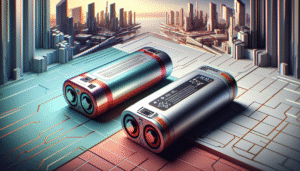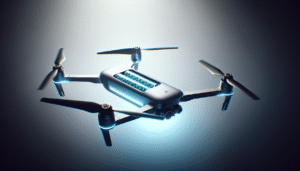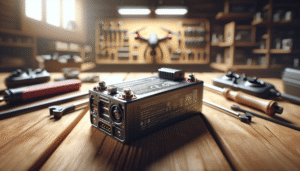Have you ever wondered why some drones fly longer and handle better than others, even though they might look identical on the surface? It’s a question that perplexes many drone enthusiasts as they find themselves baffled by the intricate dance of amps and volts in their drone power systems. Now, I can’t promise we’ll uncover the meaning of life here, but I do intend to explore what really matters in your drone’s power system: amps versus volts.
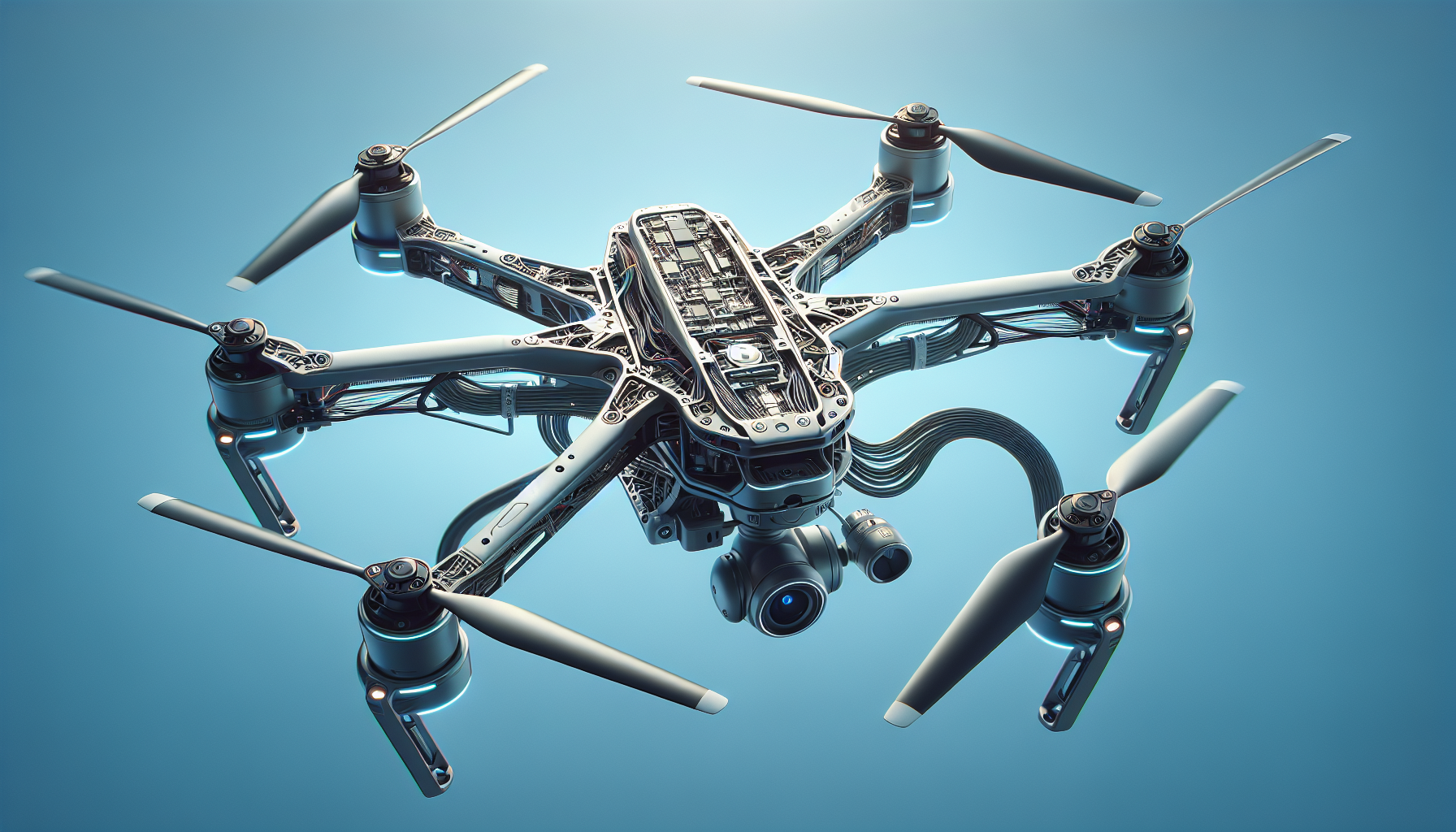
Understanding the Basics: What Are Amps and Volts?
Before we start comparing amps and volts, let’s rewind a bit and understand what these terms actually mean.
What Are Amps?
Amps, short for amperes, measure the amount of electrical current flowing through a circuit. Picture a garden hose full of water: the amount of water flowing per second is akin to your amps. In the world of drones, this “current” is responsible for providing power to the motors, ensuring they have enough juice to generate lift and keep your drone airborne.
What Are Volts?
Volts measure the electrical potential difference in a circuit, similar to the water pressure in that garden hose, pushing the water through. Higher voltage means there’s more potential for energy to do work. In drones, voltage determines how efficiently your motors can operate, ultimately affecting their speed and the drone’s performance.
The Great Debate: What Matters More?
Let’s get into the nitty-gritty of the debate: whether amps or volts play the more crucial role in drone power systems. This can sometimes feel like choosing between chocolate and vanilla—each has its merits and could make or break your ice cream sundae.
Volts: The Speed Enabler
Higher voltage can lead to more efficient operations. With more potential energy at its disposal, your drone can perform tasks more swiftly. It’s like switching from a bicycle to a motorbike, where the latter takes you to your destination faster because it has more power to burn.
The increase in speed, however, isn’t entirely free. Higher voltage might mean faster flight but it can also lead to overheating if your drone isn’t equipped to handle it. It’s crucial to ensure all components are rated to handle the voltage provided by your power system.
Amps: The Sustained Power
While volts may give speed, amps dictate how long your drone can keep going. More current translates to more power available over time. Imagine a sailboat with a vast sail harnessing the wind efficiently. The larger the sail, the longer and further it can sail.
The amount of amps your drone’s battery can output is essential for sustained performance. However, just like any combustion engine, if the demand exceeds the supply, you’ll run the mill dry quickly. Hence, managing amps wisely is key to longevity.
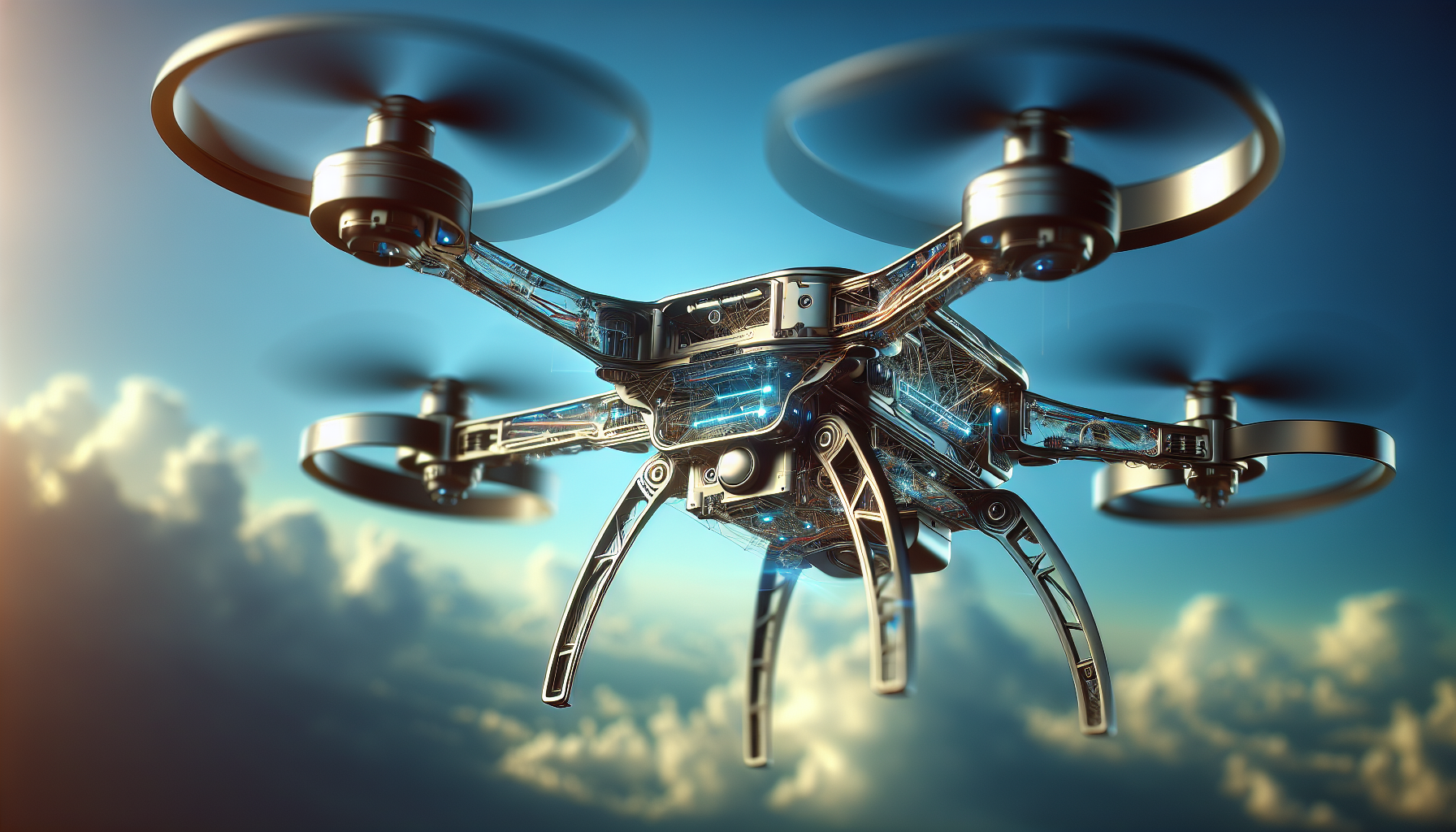
Finding the Balance: Why Both Matter
In reality, both amps and volts are crucial, and the balance between the two often determines a drone’s performance.
The Impact of Battery Selection
When choosing a battery for your drone, it’s essential to look for one that balances volts and amps effectively. Here’s a table to illustrate how these two can affect your drone’s capabilities:
| Battery Type | Voltage (Volts) | Capacity (Amps) | Impact |
|---|---|---|---|
| Battery A | 11.1V | 1500mAh | Moderate speed, less flight time |
| Battery B | 14.8V | 1500mAh | Higher speed, moderate flight time |
| Battery C | 11.1V | 2200mAh | Moderate speed, more flight time |
| Battery D | 14.8V | 2200mAh | Higher speed, more flight time |
You can see from the table why a higher voltage with a higher amp capacity (like Battery D) tends to offer benefits in both speed and duration, though it may also require more robust components to manage the load safely.
Optimizing Your Drone’s Performance
To optimize your drone’s performance, you’ll need to consider how you intend to use it. If you’re doing aerial photography, longer flight time may take precedence over speed. Conversely, if you’re racing, you’ll likely prioritize higher velocity.
Practical Considerations: Regulating Amps and Volts
Given these insights, how do you manage amps and volts in your drone to achieve that perfect balance?
Electronic Speed Controller (ESC) Matters
Your drone’s ESC is like the brain that manages power distribution. A good ESC optimizes the flow of electricity and ensures motors receive appropriate power without causing excess strain. Ensuring that your ESC is compatible with your battery and motor specifications is crucial.
Choosing the Right Motor
Motor selection directly ties into how amps and volts are managed. A motor’s Kv rating (RPM per volt) will impact how your drone responds to different voltages. High Kv motors paired with higher voltage can lead to faster spinning propellers, potentially making the drone more agile.
Customizing for the Flight
Remember, what works perfectly for one flight scenario may fail in another. If you’re flying in colder temperatures, your battery might not perform as it does in warmer conditions. Batteries tend to lose efficiency in the cold, reducing amp supply and overall flight time.
Safety First: Managing Power for Safe Flights
It’s worth taking a step back from the technical mumbo-jumbo occasionally to reflect on a crucial aspect—safety. Managing power is not only about performance but ensuring the reliability and safety of your drone.
Avoiding Over-Discharge and Overheating
Mismanagement of amps and volts, such as using a battery beyond its capacity, can result in over-discharge or overheating, potentially leading to dangerous situations or even damaging the battery permanently. Using voltage alarms or telemetry can be an effective way to stay informed of these parameters during a flight.
Understanding Battery C Ratings
The C-rating of a battery indicates how quickly it can be discharged. A higher C-rating means more power can be drawn without damaging the battery. If your drone requires sudden spurts of power, ensure your battery’s C-rating can deliver the necessary energy without reducing its lifespan.
Optimal Charging Practices
Charging practices also come into play. Fast charging can cause batteries to overheat and degrade quicker over time, while slow and steady wins the race in terms of battery longevity.
The Future of Drone Power Systems
As I’m waxing lyrical here about volts and amps, it’s fascinating to think about where drone power systems are headed. Advances in battery technology, like lithium-sulfur or solid-state batteries, promise higher energy densities, potentially changing the dynamics of volts and amps all over again.
The Rise of Alternative Energy Sources
Perhaps in the future, our garden hose analogy will pale in comparison to using solar power, hydrogen cells, or even wireless charging while in flight. These advancements could sidestep the amps versus volts debate entirely by introducing new performance metrics.
Intelligent Power Management Systems
Smart power management systems might soon be able to autonomously adjust voltage and current demands based on real-time flight conditions, optimizing both power usage and safety without human intervention.
Conclusion: The Right Balance Is Key
In conclusion, the narrative of amps versus volts in drone power systems is less a battle and more an art of jigsaw puzzling—a harmonious blend of figuring out what you need and aligning it with what’s available. Whether you’re an aerial photographer, a racer, or an enthusiast building drones for fun, understanding how these essential elements of power interact is key.
You might still find yourself asking, “Which matters more?” but realistically, it’s about knowing what performance parameters align with your specific needs and preferences. Keep learning, experimenting, and flying safely, because that, above all, is what truly matters.
